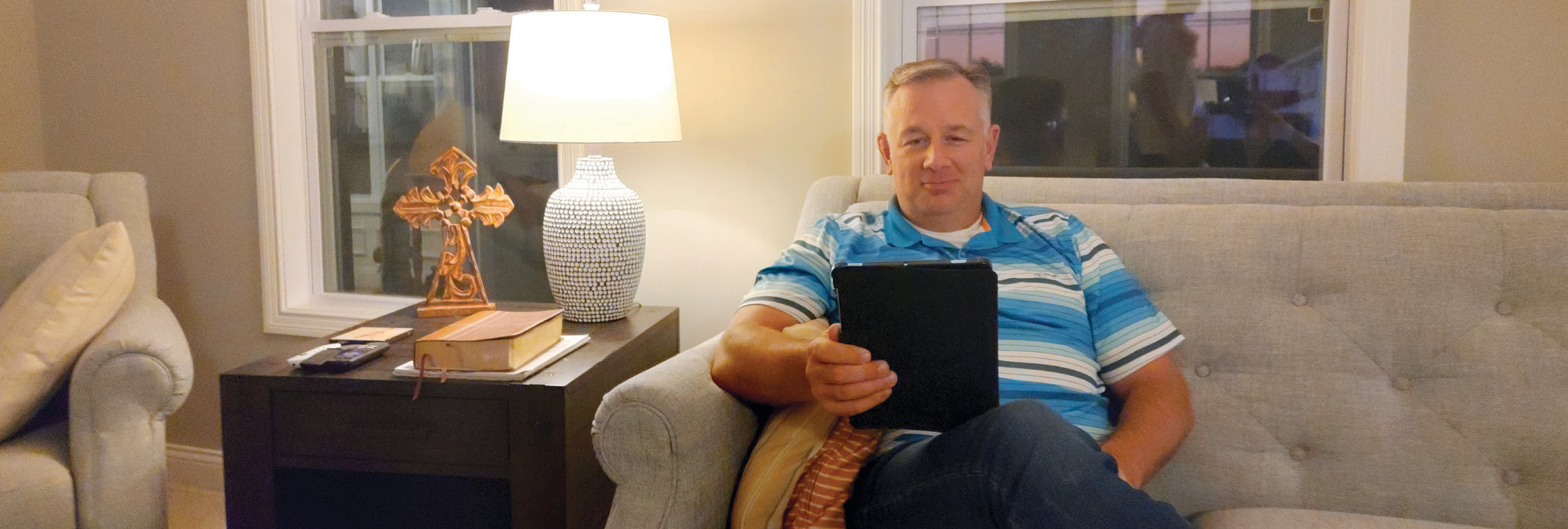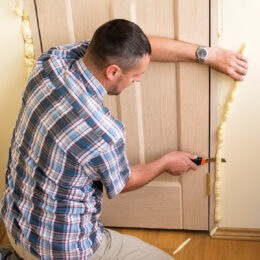

Once upon a time, all a light bulb did was illuminate a room. Today, smart bulbs do much more and are available in bulbs, lamps, strips, strings, and recessed or outdoor lighting. But are they right for you? Let’s explore the possibilities and drawbacks.
POSSIBILITIES
- Remote control: Even if you’re not at home, you can use your smartphone to dim, brighten, or turn lights on and off.
- Voice control: Integrate them with smart-home ecosystems like Amazon Alexa or Google Assistant to turn them on and off with voice commands. I’ve enjoyed naming each of my lamps. (Hey, Google, turn on Herman!)
- Smart-home integration: Integrate smart bulbs with other devices, such as programming lights to turn on when a smart lock is unlocked or when a security camera detects your presence.
- Scheduling and security: Scheduling smart bulbs to turn on or off when you’re away can present the appearance that someone is home and deter potential intruders.
- Color your mood: Many smart bulbs offer millions of color options, allowing you to create specific moods, enhance your movie nights, or even sync lights to music.
DRAWBACKS
- Cost: LED lights cost about $10 per bulb, while smart bulbs cost $25 to $50 per bulb. Smart bulbs are no more efficient than LED lights, so you pay for the aforementioned features.
- Privacy concerns: Data security and privacy concerns are worth considering for any smart device. Overseas manufacturers may charge less, but you may trade data privacy in return.
- Requiring additional components: Some manufacturers, such as Philips Hue, require a separately sold bridge device to control more than a few smart bulbs.
- Connectivity issues: Smart bulbs connect via WiFi or Bluetooth, so ensure you have a strong signal where your bulbs are located.
I use Philips Hue bulbs in my home and have been satisfied with them. Although they are among the most expensive on the market, they are easy to set up and use and integrate well with my Google Home ecosystem. TP-Link’s Kasa smart bulbs are another solid choice.
Smart bulbs are fun and offer several conveniences. Ultimately, your decision boils down to what you want to do in your home and how you value the convenience for the expense.



